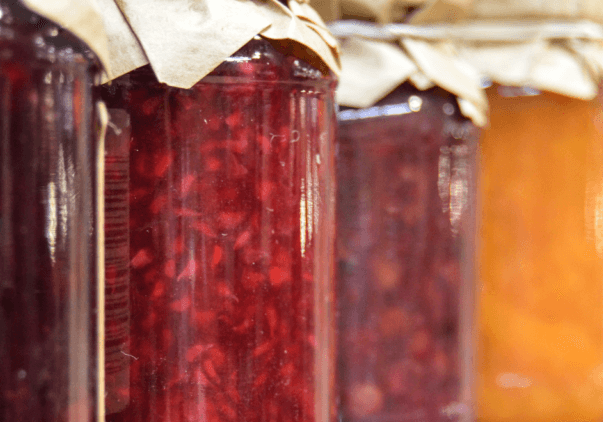Jayson Lusk, agricultural economics professor and department head, breaks down why and how COVID has led to an increase in domestic food prices. In the Q&A below, he answers some commonly posed questions.
Domestically average food prices are on the rise. Is it the case that food prices were already on the rise due to inflation and COVID caused a shock to the system, forcing them to skyrocket?
It is typically the case that the price of food, like many products, increase over time. For example, in the five years before the pandemic, on average, the price of food bought through grocery for at home consumption increased an average of 0.2% from one year to the next.
We became accustomed to some historically very low rates of food price inflation. The pandemic stopped that and really accelerated the rate of price increases. In fact, from March to April 2020, the monthly increase in the price of food was as higher than any other monthly change we’ve seen since the 1970s. Since that time, the rate of increase for food at home slowed, but prices have remained at those higher levels.
While COVID is a factor explaining higher food prices, it is not the only explanation.
- Farm commodity prices increased considerably over the past year, due to increased trade with China and adverse weather events in important agricultural regions (drought in Brazil and the Derecho that hit parts of the Midwest last summer).
- It is also the case that wage rates in the food sector have been increasing significantly, which is pushing up food prices.
- Another factor relates to macroeconomics. Through increased unemployment benefits, stimulus checks, etc., the aggregate supply of money dramatically increased. More money means each individual dollar is worth less. Thus, it takes more dollars to buy a good than it previously did (i.e., prices rise).
How did COVID contribute to a rise in food prices?
There are a variety of COVID-related factors that led to food price increases.
- First, people initially demanded more food through grocery and “stocked up,” and this led to price increases in grocery.
- Regulatory issues, supply chain bottlenecks, and lack of packaging and transportation contributed to the rising prices.
- Shortly after the initial “run” on grocery, many large beef and pork packing plants shut down last April and May, leading to a reduction in supply of these products, which pushed up prices.
- Wage rates have increased in the grocery and food processing sectors (in part to induce people to continue to work during COVID when other areas of the economy were able to work from home), and that has contributed to higher prices.
Are there any major historical events that had a similar effect on food prices in the 20th or 21st centuries?
We are nowhere near the rates of inflation the overall economy experienced in the 1970s when there were oil embargos and lines for gasoline. Moreover, while the rates of food price inflation we’ve seen over the past year and a half are much higher than what we had come to expect during the preceding 5 years, we are still within historical norms.
One thing that mays the present situation a bit different is that food prices have been much more volatile.
What type of foods have been most impacted by these rising prices?
Egg prices increased 100% or more in the early stages of the pandemic shutdowns. But, by November 2020, egg prices were back below the level they were before the pandemic in February 2020. Beef and pork prices have likewise exhibited significant volatility, shooting up considerable in the wake of the packing plant shutdowns. But then, the rate of increase slowed. Retail beef prices through grocery in June 2021 were actually about 3% lower than they were the prior year in June 2020.
Have rising food prices been beneficial for farmers and producers or are these rising prices an indication of crises at this level and throughout the food supply chain?
There is a tension. Consumers want lower prices, farmers want higher prices. It is important to keep in mind, however, that for every dollar spent on food, only about $0.15 of that is because of cost of the farm commodity. So, increases in farm prices have relatively small effects on retail food prices.
While farmers were initially quite harmed by the pandemic and prices for many commodities took a dip, beginning in the summer of 2020, prices for crops like wheat, corn, soy, hogs and cattle began to rebound and improve considerably, and for many commodities we are seeing prices higher today than we’ve seen in the past five years, which is good for farmers.

